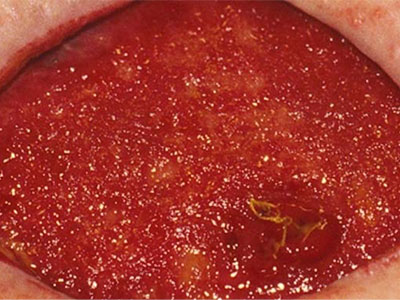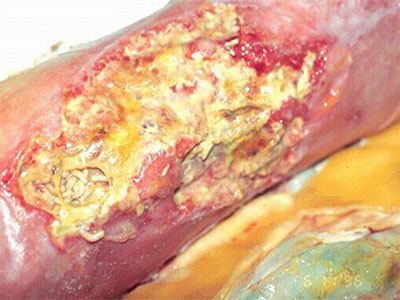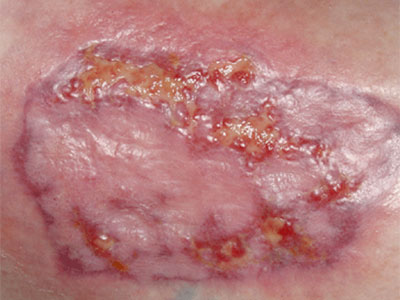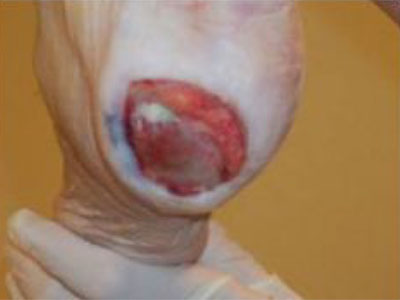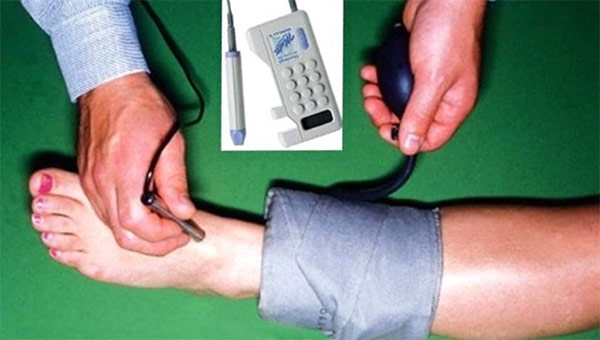Choosing the Right Behavioral Health Screenings for PCMH
June 28th, 2018 | ArchiveNew York State Patient Centered Medical Home requirements were released in April of this year, and one of the measures that practices are talking about is the behavioral health screening. NCQA has required practices to screen for depression in past versions of PCMH, but NYS has added alcohol and substance use screening as core measures as well. All screens must be standardized and should be done at least annually.
To help practices identify which tools to use, the AHP Behavioral Health Integration Team has some recommendations. For adults age 18 and over, the team recommends the Alcohol Use Disorders Identification Test (AUDIT) and the Drug Abuse Screening Test (DAST). The PHQ – 2 and PHQ – 9 remain the most recommended screens for depression screening. For pediatric practices, the PHQ-A is the recommended screen for depression and the CRAAFT for both alcohol and substance use in adolescents. Though it is not currently required for NYS PCMH, for those interested in doing anxiety screening, the SCARED tool is recommended for children and adolescents, the GAD-2 and GAD-7 for adults.
Adapting the workflows to include these screens into an already very busy day can seem overwhelming to a practice, particularly when cancer screens also need to be in place to meet AHP’s quality metrics and improve the health of patients served.
At the recent “Increasing Cancer Screening in New York State” conference sponsored by New York State Department of Health and Upstate Medical University, the focus of the day was on encouraging practices and patients to educate patients on the importance of colorectal cancer screens and to assist them in getting the procedures completed. Some strategies that were shared by practices that are successful in meeting these measures were: contacting patients to make sure they are coming in for annual physicals and completing the screens at that visit, increasing the time of the annual visit and hiring community health workers to accompany patients to the cancer screen appointments.
These strategies could be adapted for behavioral health screens as well. Several AHP practices are testing these procedures in PDSA cycles. Other strategies include requesting via the practice’s EMR web portal that patients complete behavioral health screens prior to the visit and allowing rooming staff to complete the screens rather than the provider.
For help with workflow issues, please attend an upcoming AHP Learning Collaborative or contact AHP Practice Facilitator Linda Franke.








